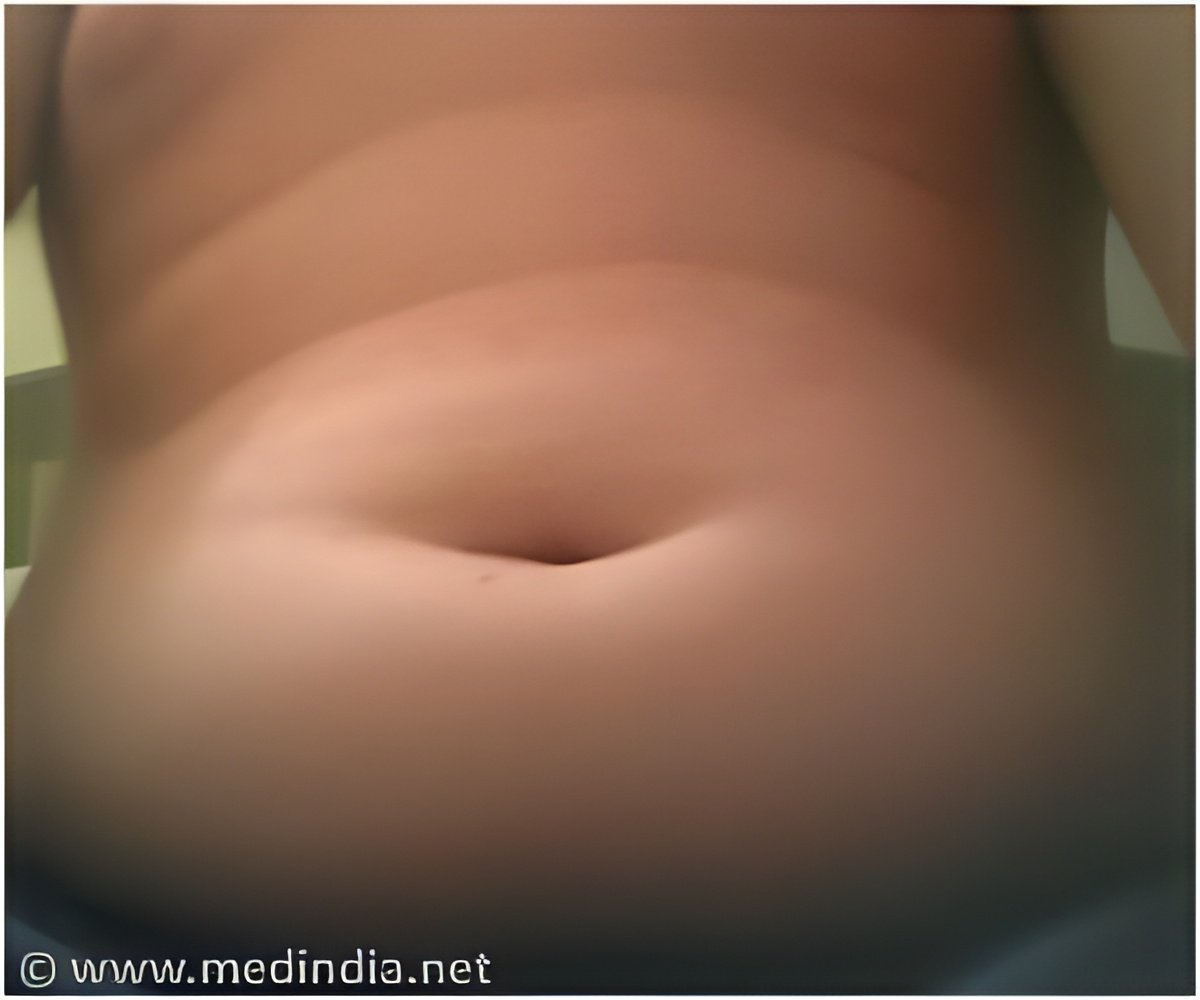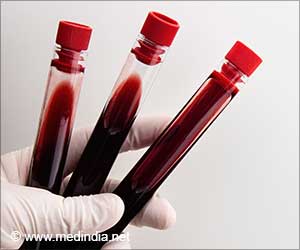A molecular pathway that controls the conversion of unhealthy fat to beige fat, which may increase energy expenditure and reduce obesity has been found by a team of scientists
A molecular pathway that controls the conversion of unhealthy fat to beige fat, which may increase energy expenditure and reduce obesity has been found by a team of scientists. The team, led by researchers from the School of Medicine at The University of Texas Health Science Center at San Antonio, also found that a protein, Grb10, serves as the on-off switch for mTORC1 signaling and the "beigeing" of fat.
The finding could inform development of novel diabetes and obesity drugs, the scientists said. The study is reported in this month's issue of
Cell Metabolism and was selected as the highlighted featured article.
Heat in response to cold
Grb10 is stimulated by cold stress, which causes the body to burn energy. "We know that if we want to keep our body lean, we have to get rid of extra nutrients in the body, which means burning more energy," said senior author Feng Liu, Ph.D., professor of pharmacology at the UT Health Science Center and director of the Metabolic Syndrome Research Center at Xiangya Second Hospital, Central South University, in Changsha, China.
"Understanding how beigeing is controlled is so very important because if we can improve energy expenditure, we can reduce obesity," Dr. Liu said.
Undesirable storage
Adipose (fat) tissues, which include white adipose tissue and brown adipose tissue, are important regulators of metabolism. Having too much white adipose tissue and not burning it off through exercise or other energy expenditure is associated with obesity and metabolic diseases such as type 2 diabetes.
Advertisement
"Normally when we eat something, we store it in white fat," said co-author Lily Dong, Ph.D., professor of cellular and structural biology at the UT Health Science Center. "For the extra food we eat, it is better to release it, not store it. So finding a way to turn the white fat into beige and burn the energy that normally we store would have high therapeutic potential for the treatment of obesity and its related diseases. Dr. Liu has identified the pathway to do this."
Broader application
The mTORC1 pathway is also involved in aging, cardiovascular disease and cancer, so identifying the regulator of this pathway, Grb10, should be very informative for researching other fields, Dr. Liu said.
Drs. Liu and Dong also are members of the Health Science Center's Barshop Institute for Longevity and Aging Studies.
Source-Eurekalert















